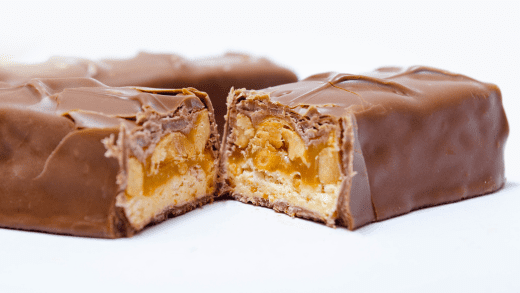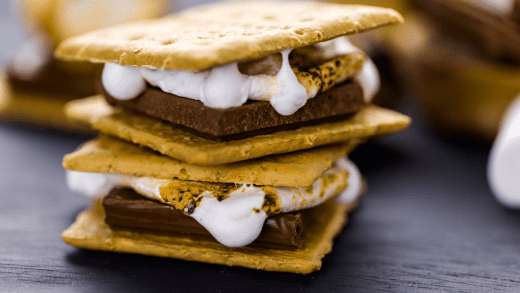Sugar plays an important role in producing cognac, a classic French spirit popular around the world.
Real sugar, from sugar beets and sugarcane, wears many hats. This hardworking, versatile ingredient adds sweetness to a wide variety of foods, balances acidity and can prevent spoilage. Sugar also plays a part in producing cognac, a well-known variety of brandy named after the Cognac region of France where it originated. June 4, 2023, is National Cognac Day, so read on to learn more about the role of sugar in this popular liquor whose roots can be traced to the 16th century.
What is Cognac?
The name “cognac” is protected under French law called an Appellation d’Origine Contrôlée (AOC). The three main requirements of this law are that cognac must be made from specific white grape varieties, twice-distilled in copper pot stills and aged in French oak barrels for at least two years. Ugni Blanc, Colombard and Folle Blanch are the three main white grape varieties high in acidity used to make cognac. Other varieties including Sémillon and Folignan may also be used.
After the grapes are pressed, the juice is fermented by yeast and the resulting wine is about 8 percent alcohol. The wine is distilled twice in copper stills, and the resulting clear spirit called “eau de vie” is about 70 percent alcohol. The eau de vie must be aged in French oak casks for at least two years before it can be sold to the public. As the cognac interacts with the oak barrel and the air, it evaporates at the rate of about 3 percent each year. When more than ten years pass in the oak barrel, the alcohol content decreases to 40% in volume.
Labeling System
Letters on cognac labels indicate how long a cognac is aged. VS, or “Very Special,” sometimes referred to as “three stars,” has been aged in oak barrels for a minimum of two years. VSOP, which stands for “Very Superior Old Pale” has spent a minimum of four years in oak barrels, and XO, or “Extra Old” has aged in oak barrels for at least ten years.
After being aged, the cognac is then transferred to large glass bottles and stored for future blending. Cognac is the result of blending at least two different aged eaux-de-vie spirits together. The better the quality of the cognac, the greater number of eaux-de-vie it is likely to be blended from. XO, or “Extra Old” cognac is typically blended from at least 150 different eaux-de-vie. Each cognac house has a master blender responsible for blending the spirits.
Sugar in Cognac
French law allows sugar to be used in small amounts when blending cognac. The sugar content in cognac can vary depending on the type and the producer. However, the amount of sugar used must be less than two percent of the total volume. Although this small amount of sugar isn’t detectable on your palate, it can be a very important part of the process to a master blender. Real sugar improves cognac’s mouthfeel, amplifies flavor, and provides a consistent, balanced texture.
People all over the world enjoy cognac for its complex flavor profile that can be enjoyed on its own or in mixed drinks. Raise a glass of this famous French beverage or a cocktail using a cognac-based liqueur and toast National Cognac Day!
References:
- https://www.sugar.org/sugar/uses/
- Bespaloff, Alexis (14 March 1977). "The Noblest Brandy of them All". New York. p. 79.
- https://www.diffordsguide.com/encyclopedia/1000/bws/cognac-how-cognac-is-made-and-what-from
- Lukacs, Paul (12 March 2002). “How Good is Cognac?” Saveur (22). Retrieved 1 December 2010.
- https://alcohol.fandom.com/wiki/Cognac#:~:text=Two%20distillations%20must%20be%20carried,and%20sold%20to%20the%20public.
- https://www.architecturaldigest.in/story/everything-you-need-to-know-about-cognac-classic-french-spirit/
- https://www.finedininglovers.com/article/cognac-vs-brandy-differences-taste#:~:text=A%20cognac's%20alcohol%20content%20decreases,then%20stored%20for%20future%20blending.
- https://blacktailnyc.com/how-much-sugar-is-in-cognac/
- https://cognacreverie.com/all-about-additives-part-i/#:~:text=First%2C%20the%20amount%20of%20sugar,bois%C3%A9%20if%20you%20wanted%20to.





Get Social with #MoreToSugar